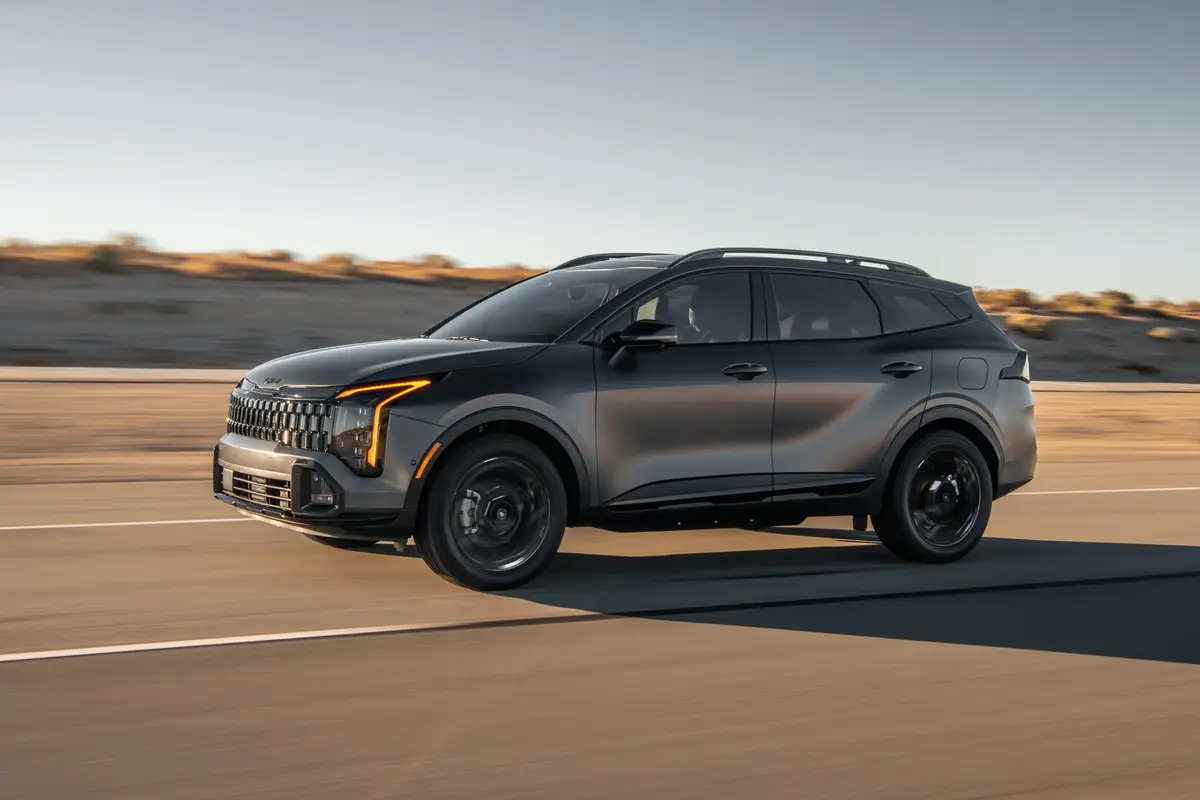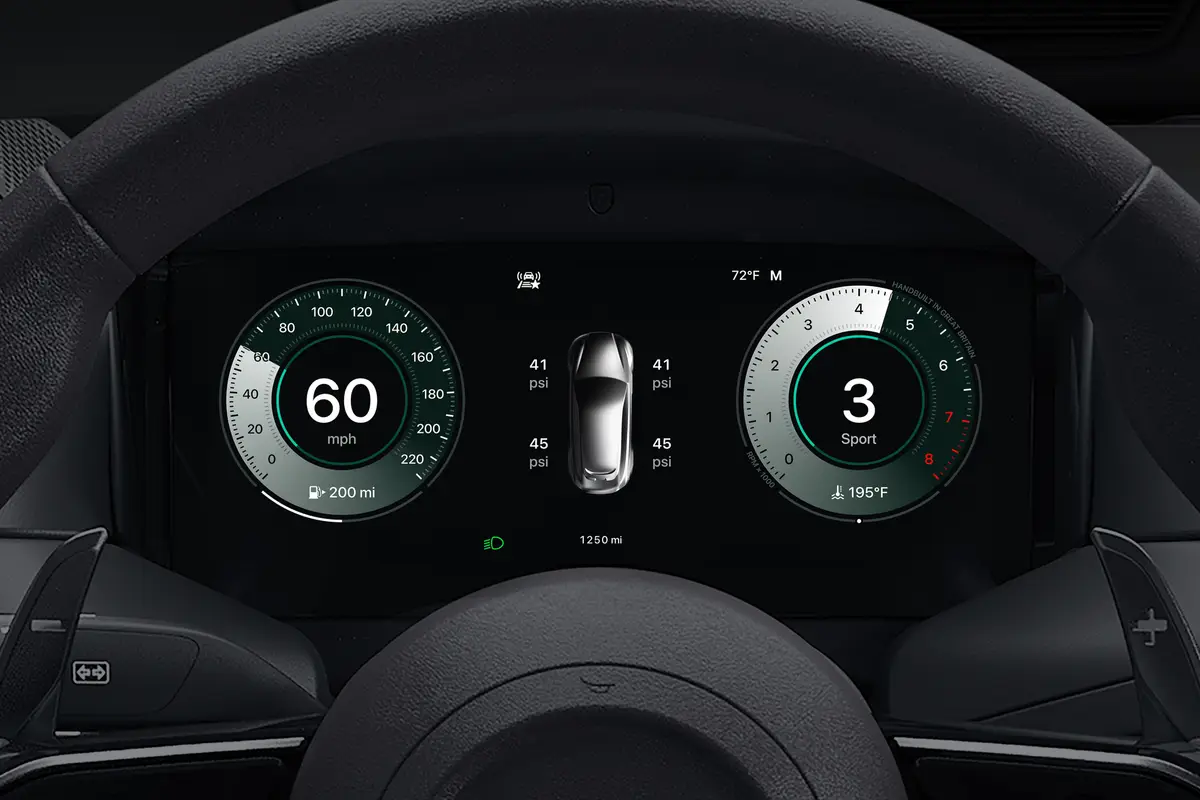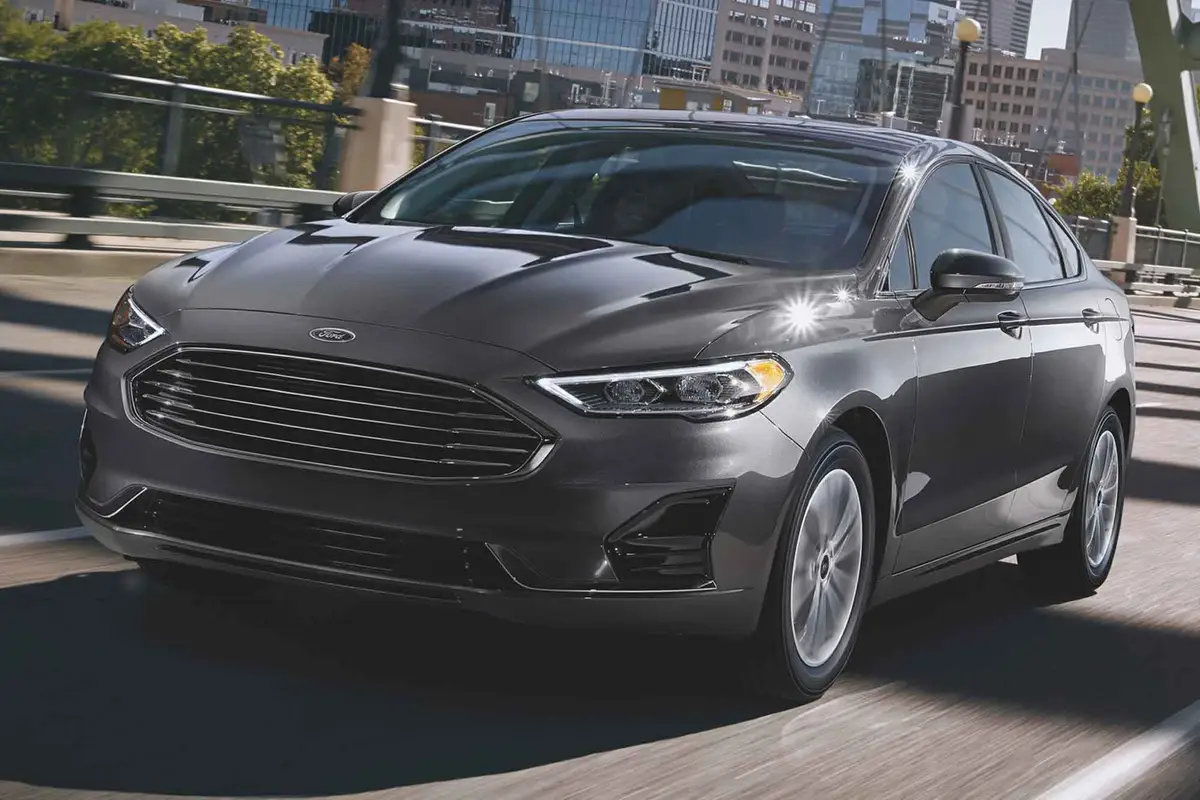washingtonpost.com's view
The 1998 Toyota Sienna LE is neither sporty nor sleek. It has none of the flair of a Chrysler Town & Country minivan, none of the whimsicality of a Ford Windstar or Pontiac Trans Sport. It is a bore to look at inside and out.
If physical beauty were the substance of being, there would be little else to write. But the Sienna is more than the sum of its readily observable parts. It is so much more, in fact, it’s likely to become one of America’s best-selling minivans in the new year.
The early numbers already suggest success. Toyota’s U.S. dealers sold nearly 5,000 Siennas two weeks after introducing the minivan in mid-October. They are begging Toyota for more. Toyota’s assembly plant in Georgetown, Ky., has the capacity to build 85,000 Sienna minivans for full-calendar 1998. It should have no trouble selling those vehicles if current demand persists.
So, what gives? Call it the Camry Syndrome, as in the Toyota Camry sedan, the platform on which the Sienna is based.
The Camry isn’t particularly good-looking either. It’s an everyday car, which is precisely the point. Most Camry cars start unfailingly and can be counted on to take you and yours almost everywhere you want to go in reasonable comfort and safety at a reasonable operating cost.
Ditto what might be called the “tall Camry,” the Sienna minivan. Aesthetically, it has an everyday look and feel. Functionally, judging from the build quality and performance of the tested Sienna LE, it’ll be around to serve you — routinely, faithfully, every day.
Toyota is aiming at what it discerns to be the American mainstream — conservative folks who value function over appearance, as long as the appearance is at least tolerable. The Sienna, a slope-nosed tubemobile, is visually tolerable — certainly more so than its egregiously ugly and bumblesome predecessor, the Toyota Previa minivan.
The Sienna is built on a stretched Camry platform, which means its wheelbase — the distance between the centerof thefront and rear wheels — is 114.2 inches, compared with 105.2 inches for the Camry sedan.
But inasmuch as a “platform” constitutes the basic structure and layout of a vehicle, it also means that the Sienna, like the Camry, is front-wheel-drive.
The Sienna can be equipped to carry up to seven people, depending on whether you select a bench or two captain’s chairs for second-row seating.
With the second-row seats removed and the third-row seats folded down, the Sienna converts to a large-volume cargo carrier — 143 cubic feet in the tested five-door version — enough to carry two six-foot Christmas trees and the gifts placed beneath them.
And there are amenities aplenty — under-seat stowage compartments; 14 cup holders (zounds!); power windows, door locks and side-view mirrors; and standard deep-tint windows on the upscale Sienna LE and XLE models. The base Sienna is the CE, which comes reasonably well-equipped at a manufacturer’s suggested retail price of $21,140.
Camry drivers will be familiar with the Sienna’s engine — the same 3-liter, four-cam, 24-valve V-6 found in the sedan. The engine is designed to produce 194 horsepower at 5,200 rotations per minute and 209pound-feet of torque at 4,400 rpm.
An electronically controlled four-speed automatic overdrive transmission is standard on all Siennas, as are power ventilated front discs/rear drums with antilock backup.
All in all, it’s a pretty darn good package.
1998 Toyota Sienna LE
Complaint: With its soft suspension, the Sienna tends to wallow in corners.
Praise: An overall excellent family hauler and stuff carrier. Brilliant use of interior space.
Head-turning quotient: Exceedingly low, based on street reaction to the test vehicle — the byproduct of the Sienna’s unimaginative exterior styling and an anti-minivan bias. (Some people out there hate the very idea of minivans.)
Ride, acceleration and handling: Excellent ride and acceleration — both substantially improved over Toyota’s earlier minivan attempts. Handling okay. Just take it easy in the corners. Excellent braking.
Safety: Early reports from auto-safety experts say that the Sienna could be the safest minivan available, largely because Toyota chose to exceed federal standards for minivan performance in offset, side-impact and frontal crashes.
Mileage: About 19 miles per gallon (21-gallontank, estimated 387-mile range on usable volume of recommended 91-octane unleaded), combined city-highway, running with one to five occupants and cargo loads averaging 150 pounds.
Sound system: Optional premium AM-FM stereo radio and cassette with six speakers. Installed by Toyota. Okay.
Price: Base price on the tested Sienna LE with five doors (including two sliding side doors) is $23,975. Dealer invoice on that model is $20,989. Price as tested is $26,085, including $1,690 in options and a $420 destination charge. Destination charges are higher in several states.
Purse-strings note: An excellent minivan surrounded by lots of excellent competitors, including Dodge Caravan, Plymouth Voyager, Chrysler Town & Country, Ford Windstar, Mercury Villager/Nissan Quest, Chevrolet Venture, Oldsmobile Silhouette, Pontiac Trans Sport and Honda Odyssey.
Latest news



